Today’s engineering challenge will introduce children to how brick and block buildings are constructed. It’s also a wonderful process based project featuring problem solving and hands-on learning!
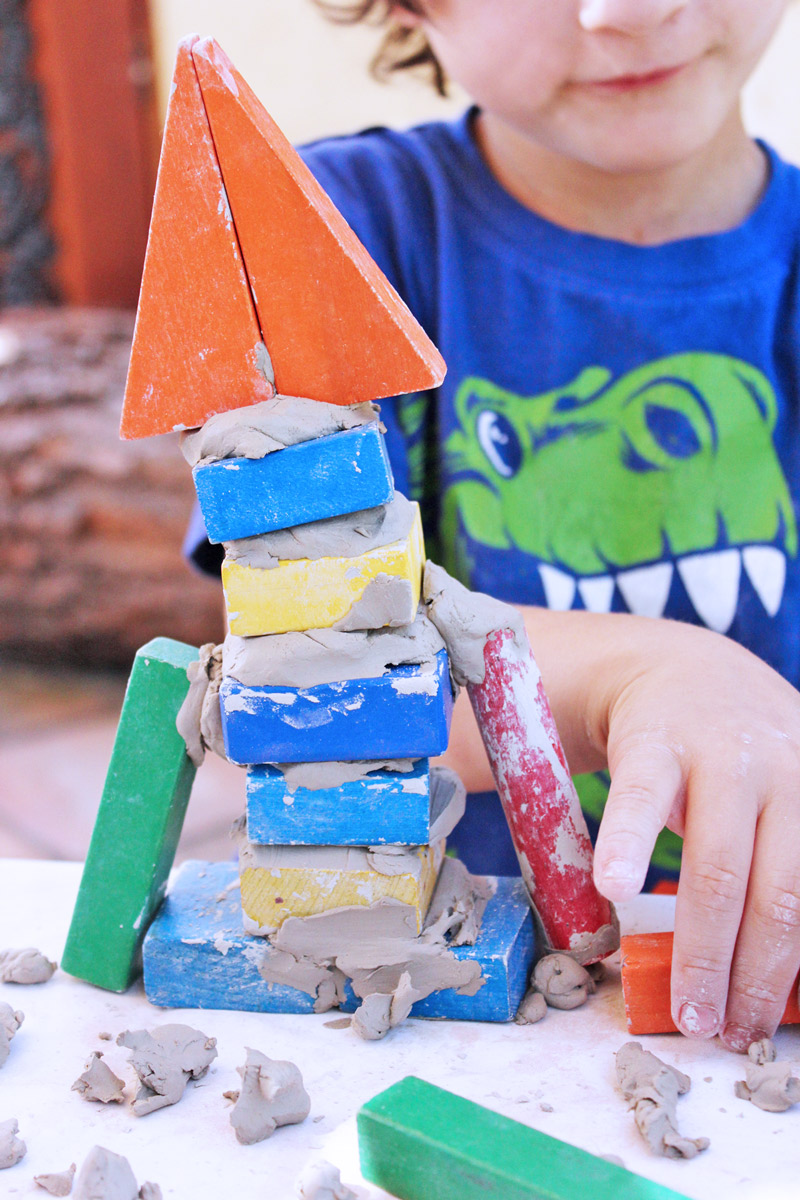
Today’s clay project was a bit impromptu. I initially planned to do process art with blocks and clay and my kids undertook that with gusto for about 10 minutes, then my son started to run off to other things…i.e. attempting to get his hands back on his iPad…so I called him back with a challenge, “Can you make a tall tower using blocks and clay?” The clay would act as “mortar” like in brick structures. He bit. Play extended for another 20 minutes and I was a happy mom!
This simple engineering challenge is a great lesson on structures for kids, especially masonry. I’m pretty sure no one reading this googled “unreinforced masonry structures projects for kids” BUT I love simple activities with life lesson tie-ins, especially those related to design and science. Unlike real mortar, clay will only hold the blocks together as long as it is moist, but your kids will get an idea of how brick buildings are made and why they are weak under certain types of stress.
We had an earthquake here on Monday and it was a great opportunity for me to talk to my kids about why some buildings are not damaged by earthquakes and why some crumble. Brick chimneys are one of the first things to fall over in earthquakes here in LA because brick and mortar without reinforcement is structurally brittle. These block and clay sculptures illustrate that point perfectly.
And if you don’t give a hoot about structures this project is still a fun sensory activity for young ones! My 4 year old loved squishing the clay and blocks together, plus it puts good use to the gazillions of wood blocks you probably have lying around…..
This post contains affiliate links.
Engineering Challenge for Kids: Clay & Wood Block Structures
Materials
- Air Dry Clay, Moist
- Wood blocks
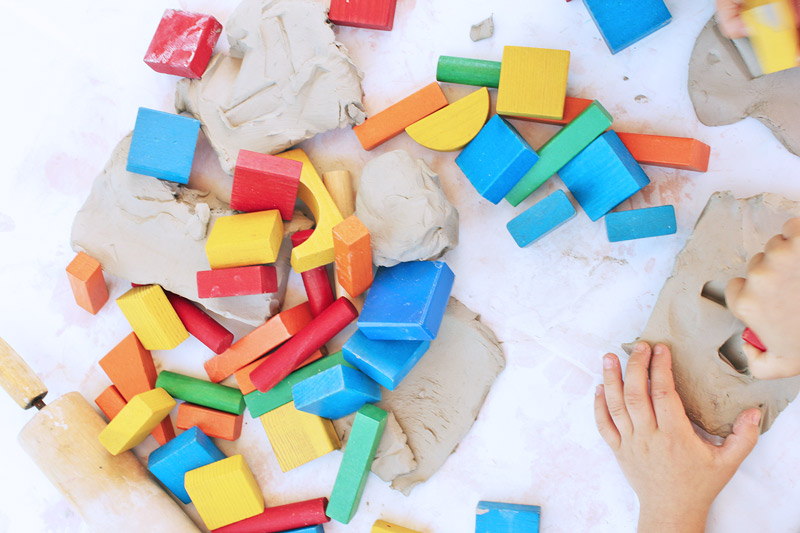
Instructions
- Step One Use small pieces of clay to stick wood blocks together
- Step Two Try and build as tall a building as possible sticking the blocks together with clay. Be careful pressing down too hard on the blocks as they will crumble if too much pressure is exerted on them.
- Step Three Experiment away! Let you kids explore the process and the product, what works and what doesn’t.
Tips
- When you are done with this engineering challenge gather up your bits of dried clay, put them in a Ziploc bag, and add a little water to rehydrate. Soak your blocks briefly in a tub of water to remove the clay.
- Clay clogs! Drains that is…I recommend having a bucket full of water for rinsing hands after clay play. When the clay is removed from children’s hands you can go ahead and let them do a hand wash with soap in a sink. But too much clay down the pipes is a recipe for disaster!
More Engineering Challenges with Blocks
Blocks offer so many ways to play and develop an engineering mindset. Here are some of our other favorite ways to play and learn with blocks:
- Foam blocks + shaving cream The shaving cream acts as mortar. Place small bowls of shaving cream out with the foam blocks.
- Foam Blocks + Water Water “sticks” the blocks together. Put the blocks in the water table with a small amount of water on the bottom.
- Magnatiles + Cookie Sheets The metal cookie sheet acts as a solid magnetic foundation for the magnatiles.
- Blocks + Trucks Imaginative play meets block building!
- Unit Blocks + Hinged Mirrors Double, triple, quadruple your structure by placing hinged mirror next to it.
Looks Like
Renzo Piano. Renzo Piano is an Italian architect who gained fame early in his career by designing the Centre Georges Pompidou in Paris with Richard Rogers. I thought of Piano because of his exploration of ceramics in modern architecture. Most modern architects shy away from masonry with the exception of concrete block, but Piano has developed really innovative ways of cladding buildings in ceramic tiles to exploit the material’s attributes. While he doesn’t use ceramics structurally as we are in this activity, he is a master at reinventing this age-old material for use in modern construction. Today masonry is often used as a rain screen where exterior walls of a building are built with an airspace so that moisture drips downward and doesn’t not seep into the walls.
So could our clay and wood block structures have withstood the 4.4 magnitude earthquake we felt on Monday?
We’ll never know since my 4.9 year old daughter had a blast knocking them over when the clay had dried…. I am personally excited about including this project in our repertoire of clay projects for kids because it is so easy to set-up and a lovely little mini lesson on structures. I am a huge proponent of hands-on learning
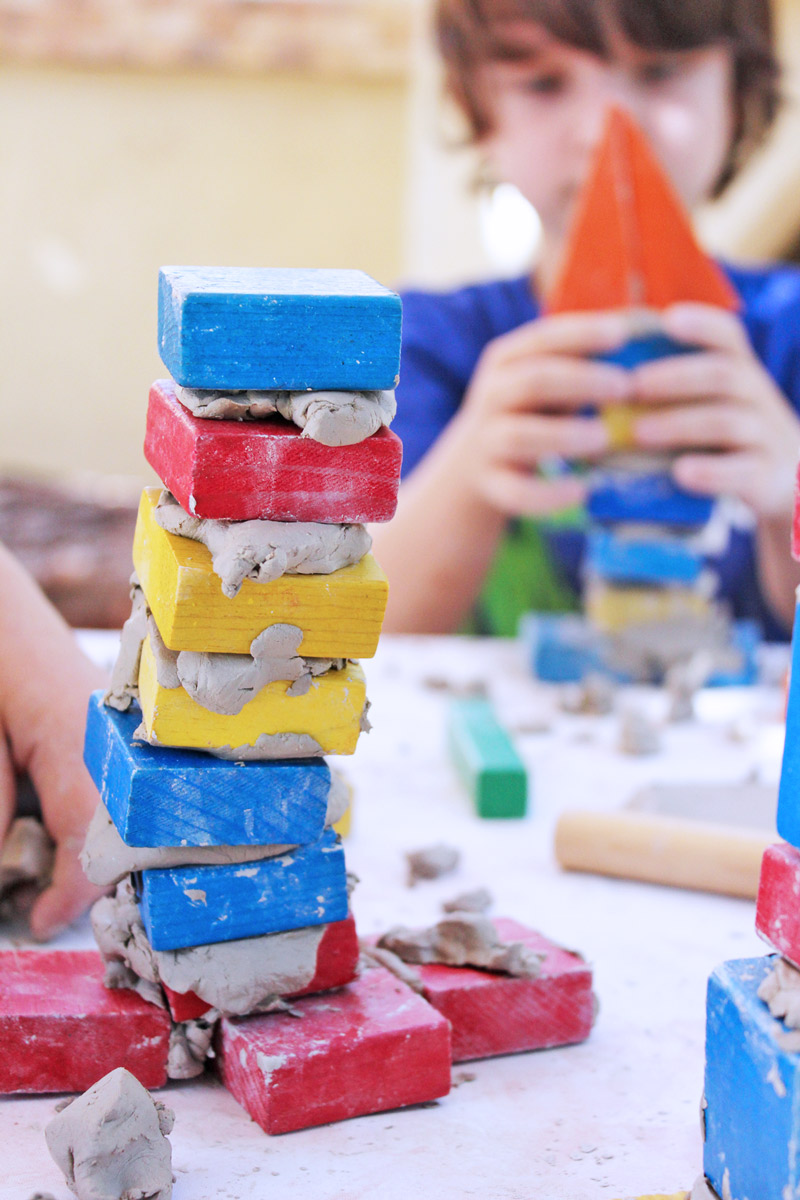
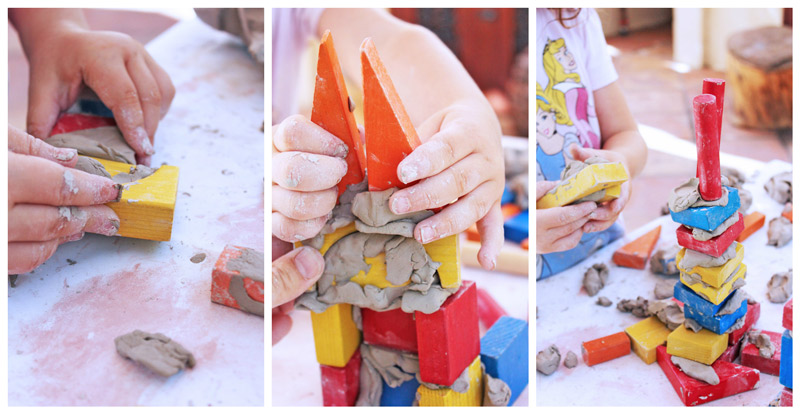
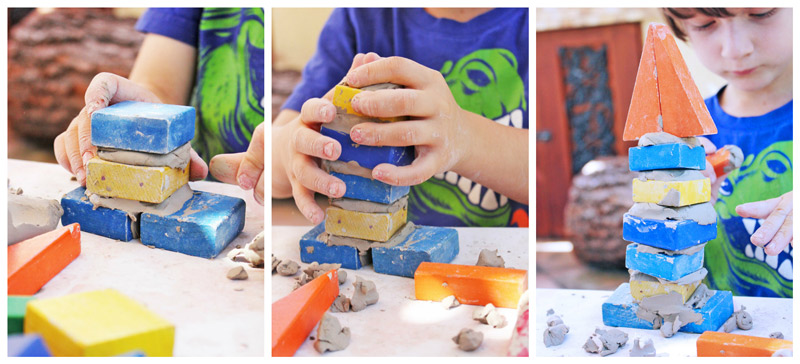
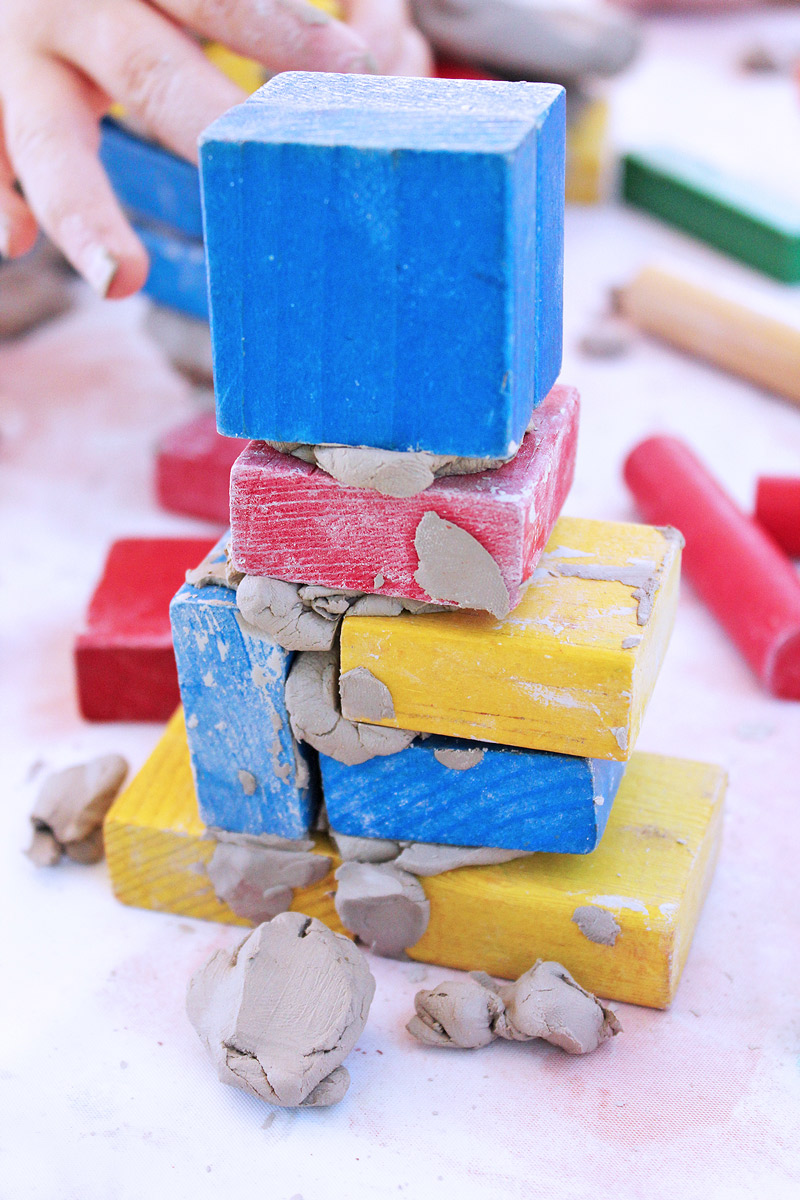
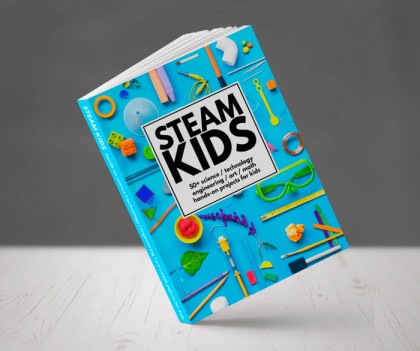
What a perfect, wonderful, amazing project! And a great way to extend block-playing to the older kids.
I had to put those blocks to use somehow….!
Oh boy! I have to be the first to admit, Im ecstatic that the clay focus is going to continue into April! By the time I collect, get to the stores, try, prep, & complete with child, each activity featuring clay: I am 3 months behind! This gives me a good time to prepare activity for my youngster & I! Certain ones like this, I like to tweak to include me, youngest whos almost 5, & my Teen even, so we can come together and create. As an independent single mom I enjoy finding ways to ibclude the oldest (who can feel left out but never really is;)! Thank you for sharing these wonderful ideas. Somedays just FLY BY!!
Opps sorry it was so long. Feel free to delete;)